Outdoor Gardens,
Lobby + Gift Shop
April - September
10 am – 6 pm daily
October - March
10 am – 4 pm daily
Bolz Conservatory
Closed March 11 - June 14 for Planned Maintenance
Schumacher Library
Permanently Closed
April - September
10 am – 6 pm daily
October - March
10 am – 4 pm daily
Closed March 11 - June 14 for Planned Maintenance
Permanently Closed
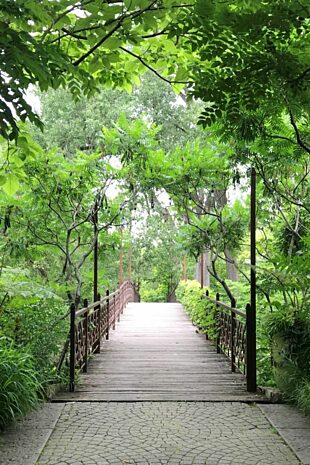
Plants are great, but it's the people that make our garden special.
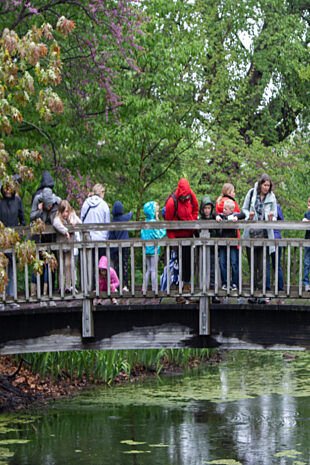
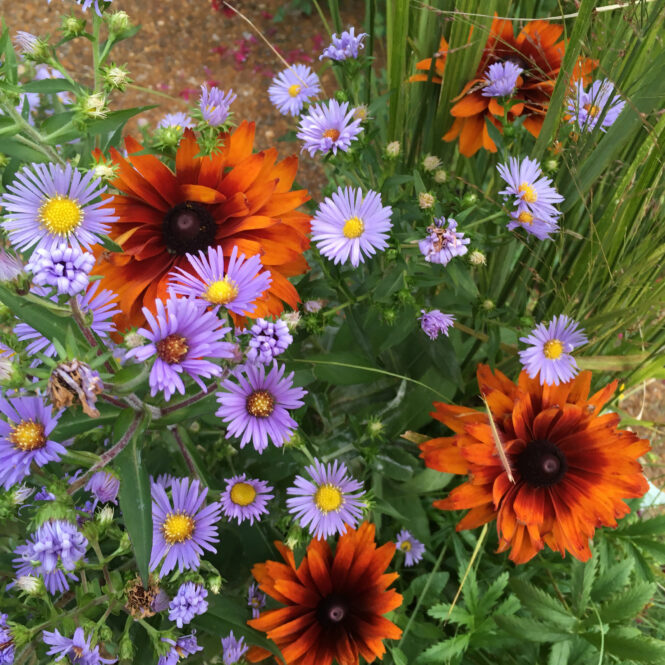
This spring when you visit your favorite garden center, try to look past all the flashy flowers and head for the nooks and crannies where these autumnal beauties might be hiding. Incorporate some of these fall favorites, and you’ll pat yourself on the back until the snow flies!
Every enthusiastic gardener knows the intoxication of heading to their favorite garden center in early May to bask in the bright colors and sweet scents of their favorite blooms. Bleeding heart! Columbine! We snap up the flashiest plants and hit the checkout.
Now fast forward to October… Summer annuals are looking bedraggled and the spring perennials that bewitched us with their May flowers have long since bloomed out. You look out at your yard and think, “Where have all the flowers gone…?” Cue Peter, Paul, and Mary.
Spring is the time to plan for floral and foliage color to keep your garden engaging until the first frosts and beyond. An added bonus, early planting of fall plants means they grow for a whole summer before blooming, so they frequently put on a good show even in their first season. This spring when you visit your favorite garden center, try to look past all the flashy flowers and head for the nooks and crannies where these autumnal beauties might be hiding. Incorporate some of these fall favorites, and you’ll pat yourself on the back until the snow flies!
Anemone (Anemone spp.)
Known as windflowers for the way the flowers dance on tall stalks,
fall anemones spread slowly in full sun to part shade. Their informal
character makes them a good fit in woodland or cottage gardens.
One of the first rusty patched bumblebees seen at Olbrich (the first
insect to make the endangered species list) was on an Anemone
‘September Charm’ plant!
Aster (Symphyotrichum, Eurybia, and Aster spp.)
Asters come in all sizes and colors and provide valuable late season
nectar for pollinators. Native asters such as bigleaf aster and white
wood aster even work well in the shade. We love to tuck an aster
into container plantings where it fills gaps left by declining summer
annuals and then provides a surprise floral show in October.
Snakeroots (Actaea)
Tall white or mauve candelabra-like blooms with a sweet scent, held
above bold foliage, make snakeroots invaluable in the shade garden.
Foliage flair
Don’t discount the value of colorful perennial foliage! Orange and
ruby? Types of Geranium, Euphorbia, Bergenia and low growing
sedums all sport rich fall shades. Or go for the gold with the warm
hues of Amsonia hubrichtii, Iris sibirica, and the evergreen spikes of
Yucca filamentosa ‘Color Guard’.
Graceful grasses
Grasses lend both form and color in the fall and winter garden. The
graceful Olbrich favorite, prairie dropseed (Sporobolis heterolepis),
takes on tawny coloration, while types of Panicum span a muted
rainbow from straw yellow to wine red. Molinia ‘Cordoba’ turns a
striking orange in the Herb Garden.
Black-eyed susans (Rudbeckia spp.)
Although traditional black-eyed susans like ‘Goldsturm’ will
always have a place, try some of their offbeat relatives! Rudbeckia
subtomentosa ‘Little Henry’ flowers for months with cheery quilled
flowers on 3-4 foot plants, while Rudbeckia maxima has yellow
flowers with a prominent cone towering above attractive paddle
shaped gray green leaves.
Toad lilies (Tricyrtis)
The orchid-like intricacies of toad lily flowers draw in the careful
observer taking a stroll in the shade.
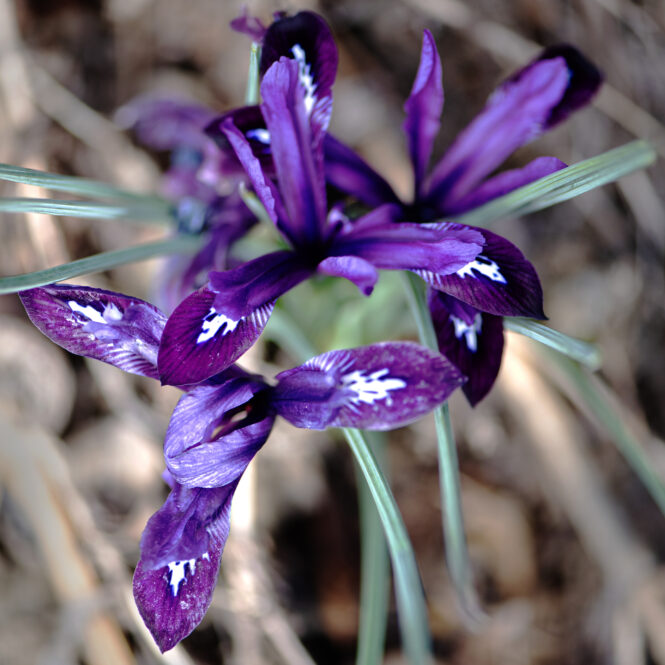
Spring in Wisconsin may not be for everyone, but we’re working on gaining converts. Check out our Top 5 insider tips on how to learn to love spring in the gardens.
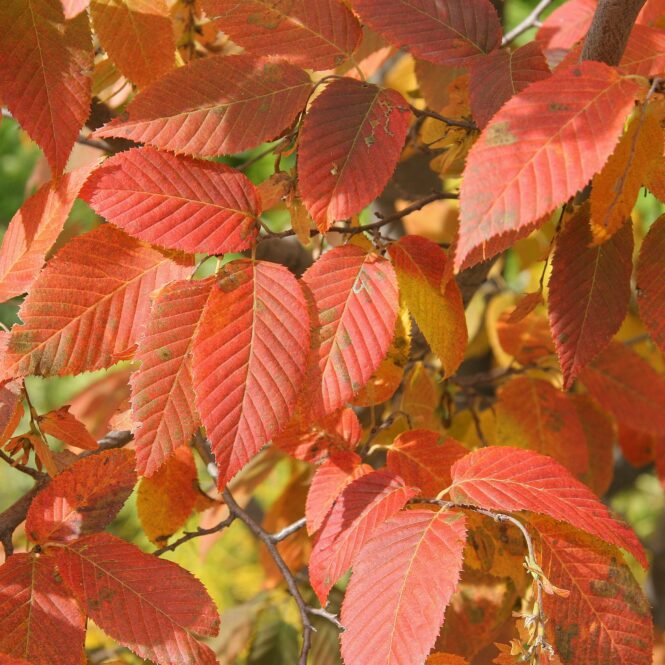
This small, native, understory tree can be found naturally in moist, deciduous woods. It has an attractive, rounded form and could be planted as a specimen tree for shady sites in a landscape.
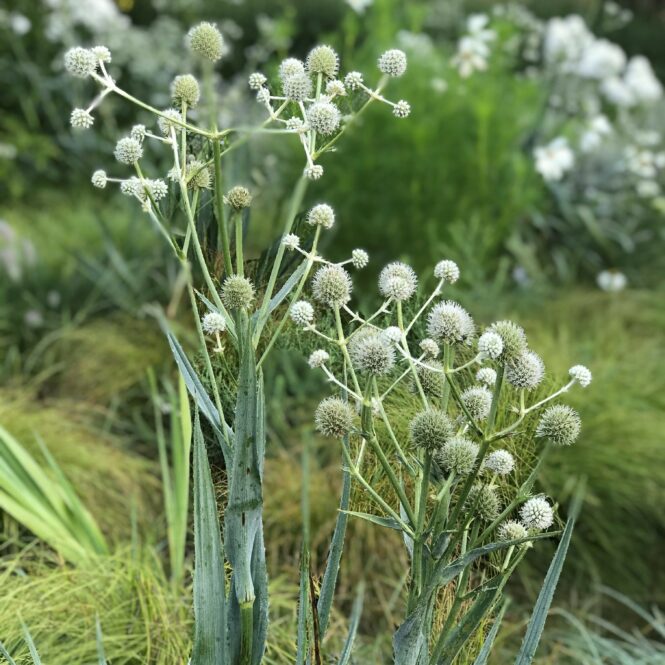
Rattlesnake Master - Its name might sway you to think of cowboys, tumbleweeds, and the wild West. However, it is a true Midwestern native with its roots deeply planted in Wisconsin soil.